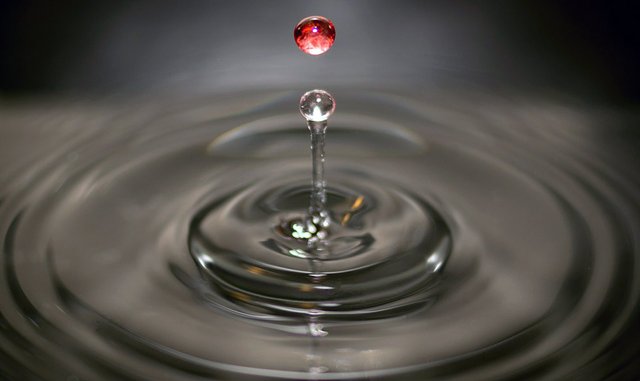At Least 6 Million Americans Have Been Exposed to Toxic Chemicals in Drinking Water

Researchers conducting a new study have shown that levels of a class of chemicals that are used for industrial purposes have been found in the supplies of drinking water that 6 million US citizens have access to.
These chemicals, perfluoroalkyl substances and polyfluoroalkyl, have been linked to cancer and various other health issues. Researchers from the John A. Paulson School of Engineering and Applied Sciences at Harvard and from the T.H. Chan School of Public Health at Harvard led the research team.
Chemicals having unknown toxicities like perfluoroalkyl substances could be used and then released out into the water and now severe consequences have to be faced according to Xindi Hu, the lead author of the study. Hu is a doctoral student at Harvard Chan School's Department of Environmental Health and at Harvard's John A. Paulson School of Engineering and Applied Sciences. He went on to say that more people may have been exposed than the amount the study mentions because there is a lack of information regarding the levels for 100 million Us residents representing about 1/3 of the study.
Perfluoroalkyl substances also known as PFASs have been in use for 60 years in commercial and industrial products such as pots, clothing and food wrappers. A link to hormone disruption, obesity, high cholesterol and cancer has been found and even though many manufacturers have stopped using some PFASs they still persist in wildlife and people. People drinking water can be exposed to these substances.
The concentrations of 6 kinds of PFASs were examined by researchers in supplies of drinking water. The information came from more than 36,000 samples of water that the US Environmental Protection Agency collected from across the country in 2013 up to 2015. Industrial sites that were known to use PFASs were also looked at including airports where foam to fight fires is used, training sites for military fires as well as at treatment plants for wastewater. Standard treatments used at these wastewater plants can't remove the PFASs from the water. The discharge that is coming from these plants can contaminate groundwater as can the sludge generated by the plants that is used as fertilizer.
According to the study, 194 of the 4,864 water supplies showed detected PFASs at the EPA's minimal levels of reporting. These water supplies were located in 33 states across America. Seventy-five percent of the detections made were from 13 different states including Illinois, Massachusetts, Arizona, Minnesota, Georgia, New York, Ohio, Pennsylvania, Florida, Alabama, North Carolina, New Jersey and California.
There were 66 water supplies that were examined and these serve approximately 6 million people. All of them have at least one sample measuring higher than 70 parts/trillion, which is the safety limit set by the EPA for 2 kinds of PFASs. Concentrations of perfluorooctanoic acid reached a high level of 349 parts/trillion in Warminster, PA while concentrations of perfluorooctanesulfonic acid went as high as 1800 parts/trillion in Newark, DE. Treatment plants for wastewater, watersheds close to industrial sites and military bases showed the highest PFASs levels.
According to Harvard Chan School and John A. Paulson School of Engineering and Applied Sciences associate professor and the study's lead author, Elsie Sunderland, the EPA's provisional guidelines should be lowered based on recent studies. These compounds have proven to be strong immunotoxicants in children.
The report was published the journal Environmental Science & Technology Letters.

Like what you read (without annoying ads :) ) ? Then please upvote our posts and follow us for the best daily science news on SteemIt!